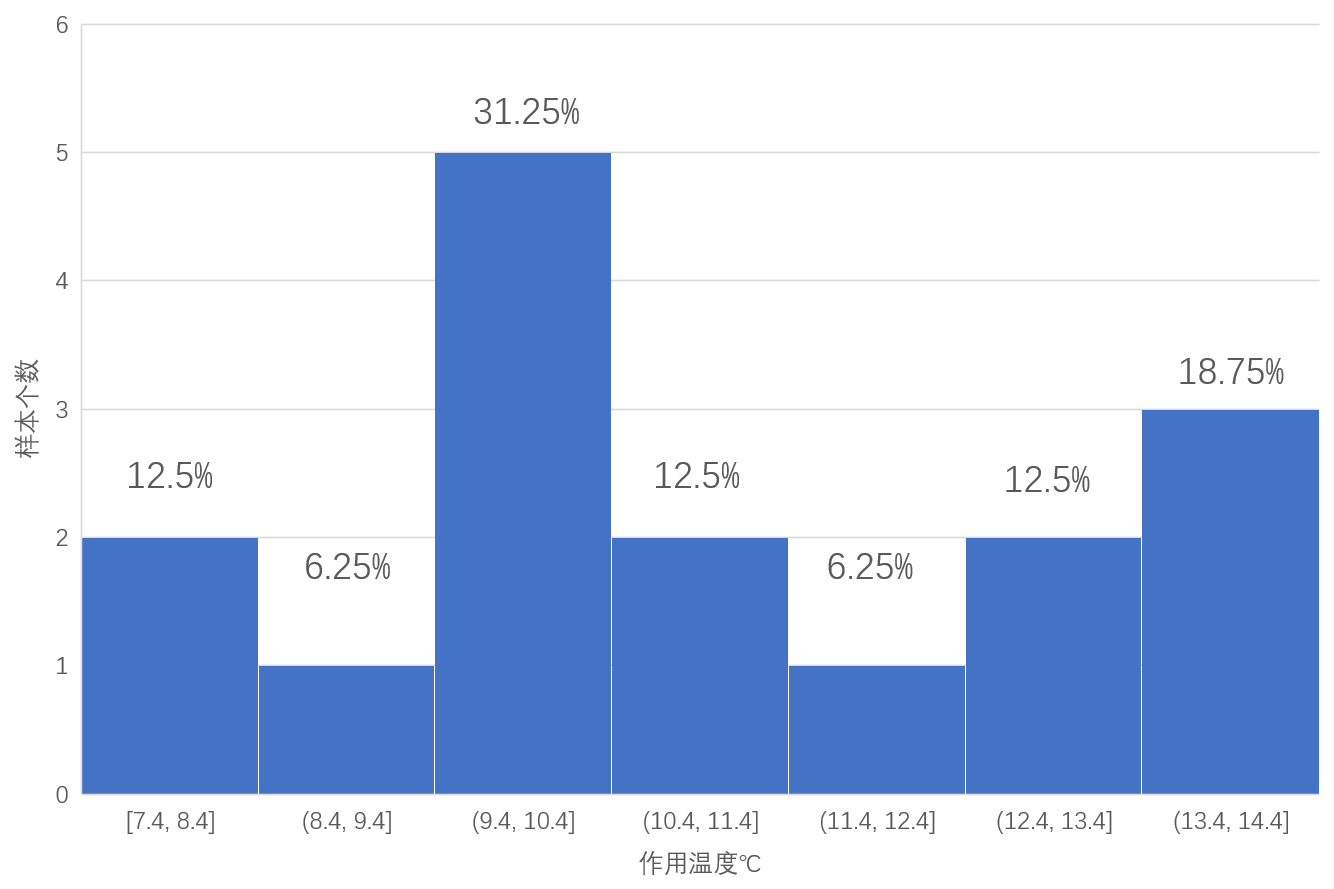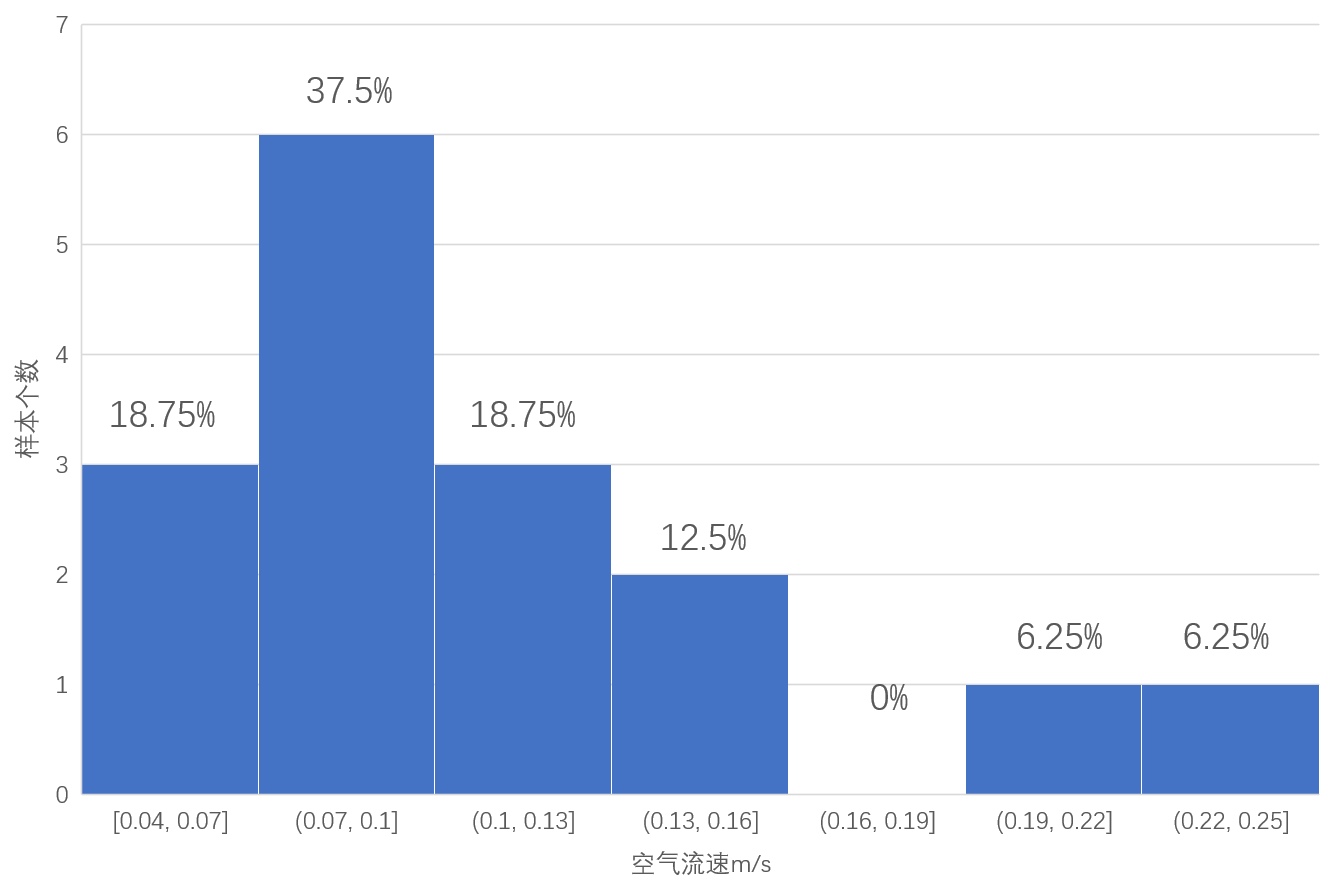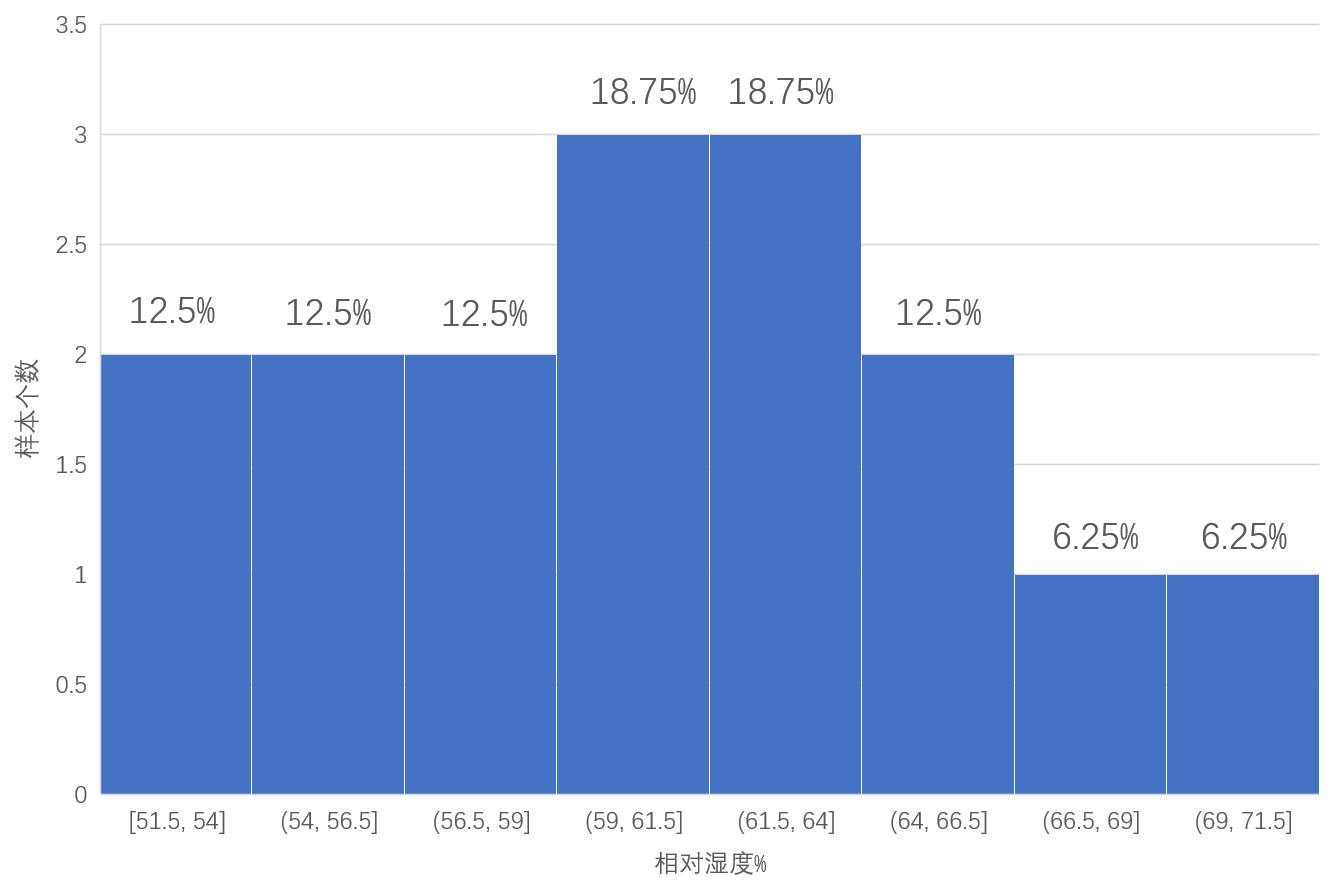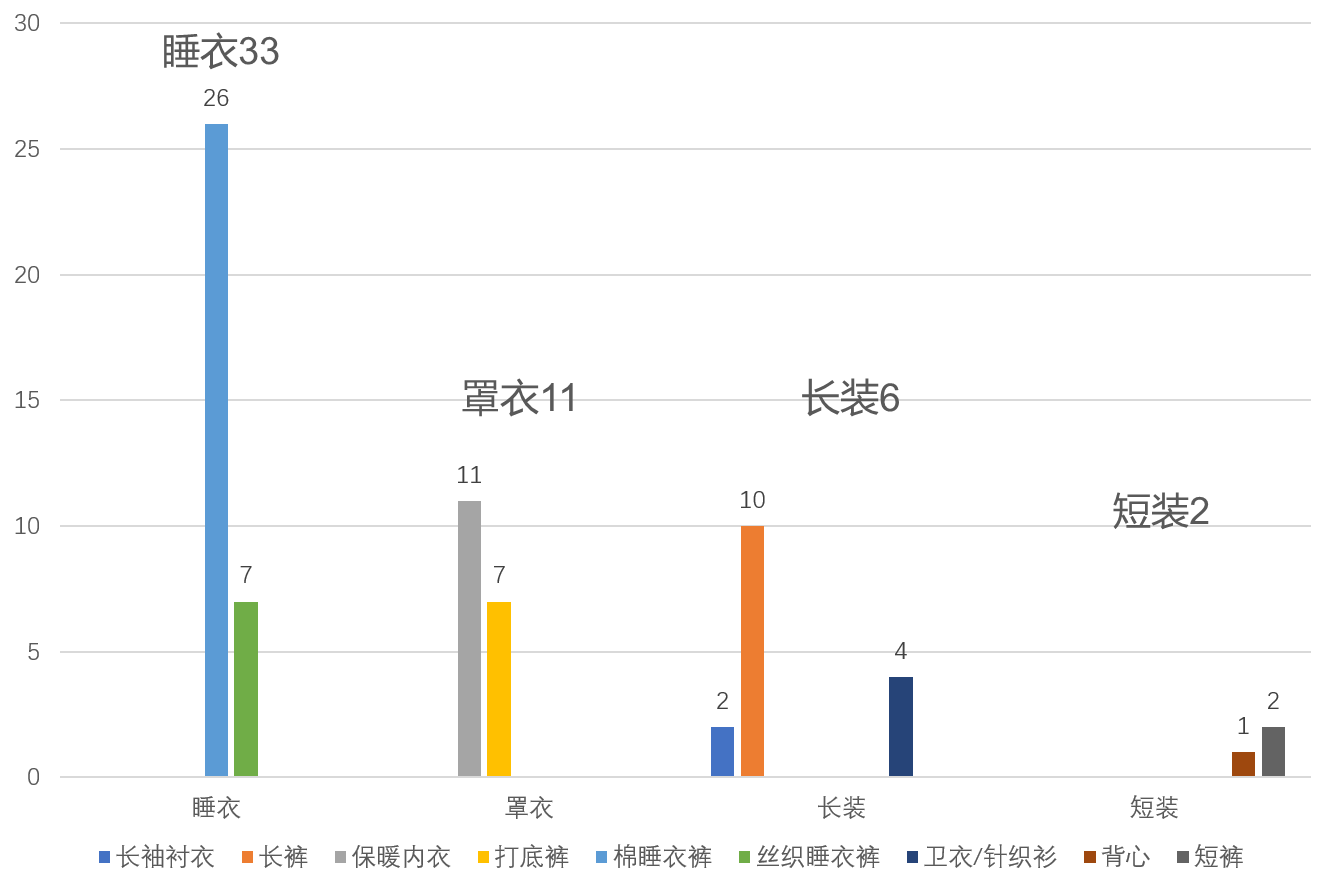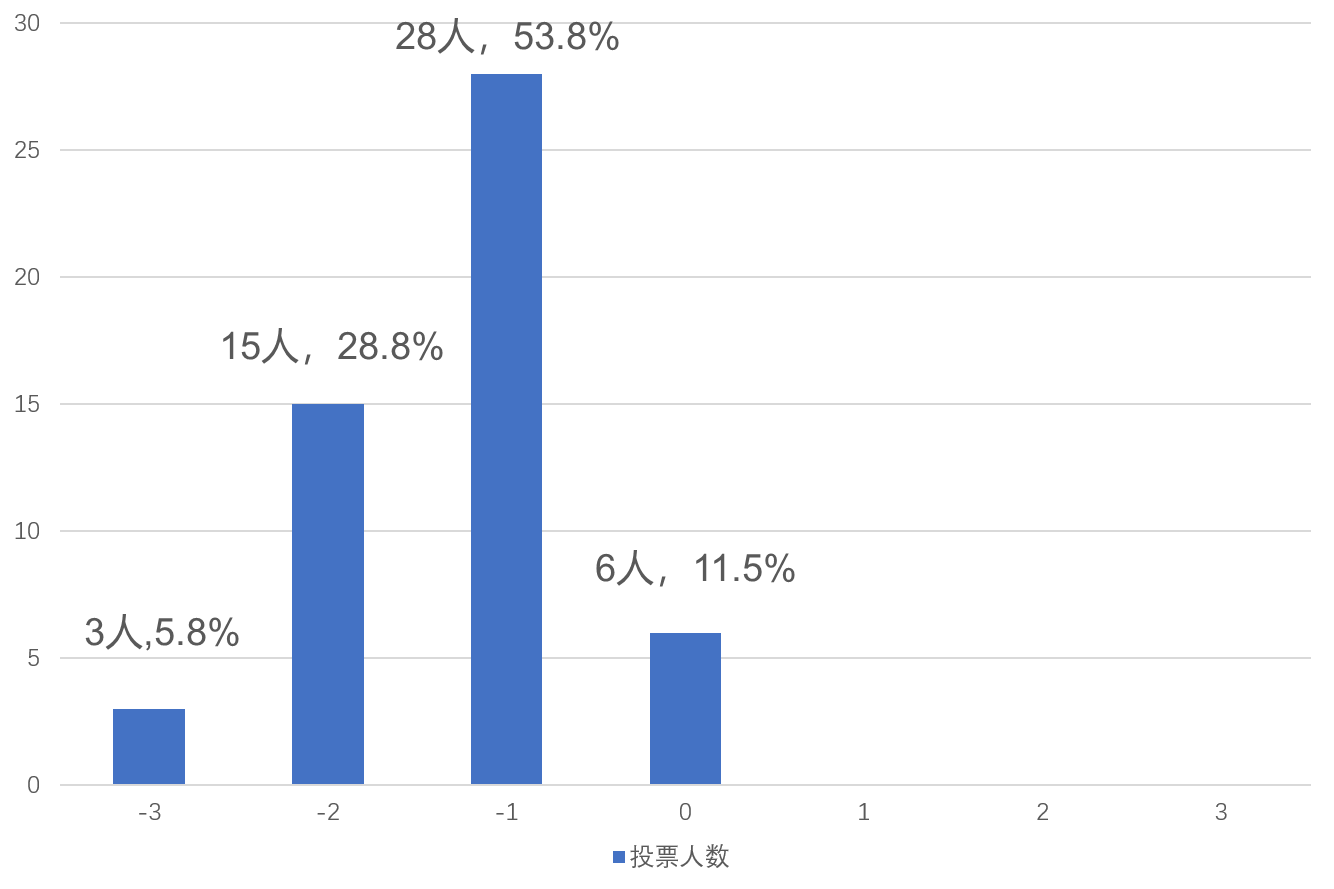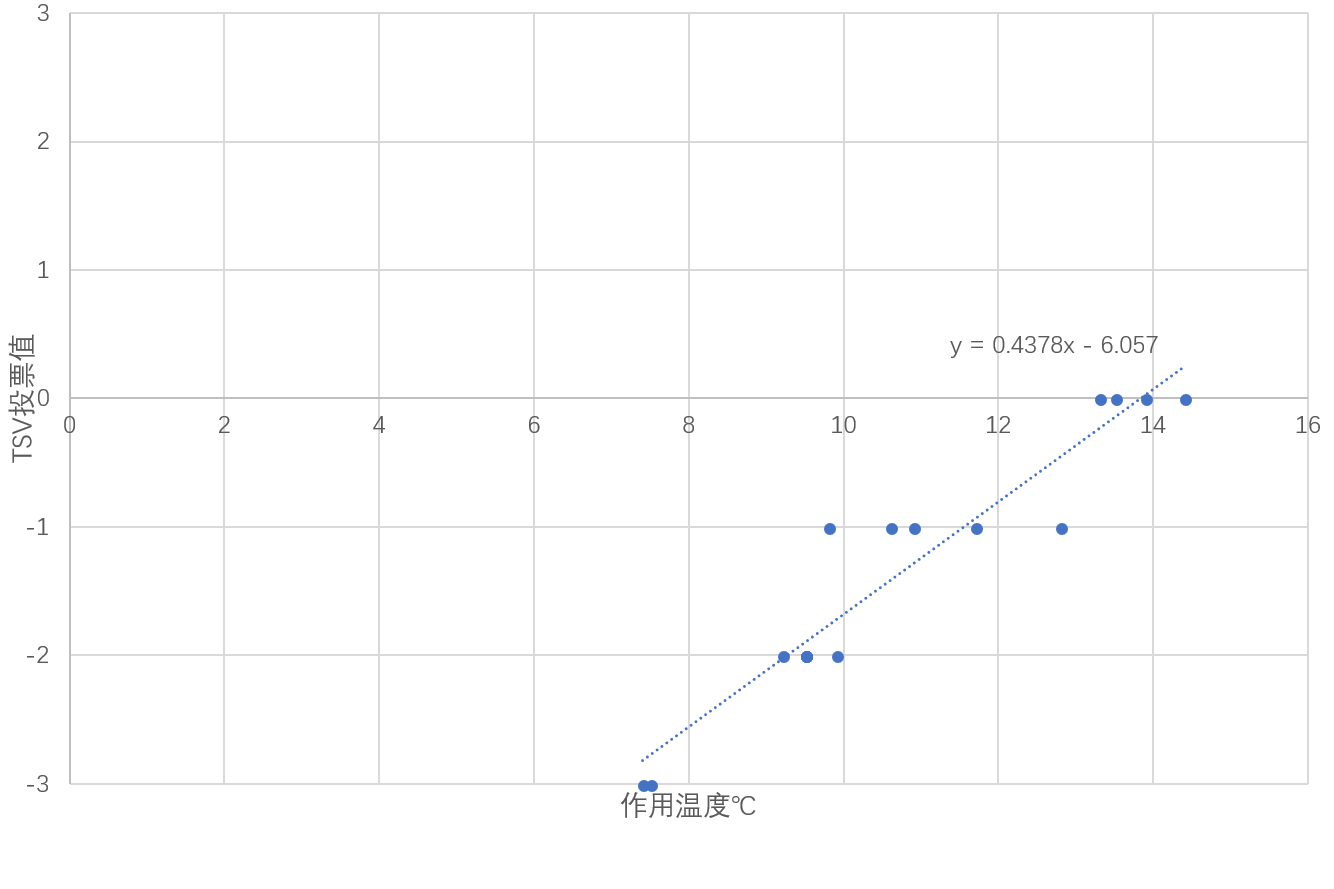夏热冬冷地区居住建筑热舒适研究毕业论文
2020-04-12 14:25:36
摘 要
夏热冬冷地区主要位于我国长江中下游平原,幅员辽阔,囊括有“三大火炉”之称的南京、武汉和重庆,坐拥“一江二湖”的长江、洞庭湖和鄱阳湖,夏季闷热,冬季湿冷,地表水网发达导致雨水繁多,洪涝频发。多样化的气候环境是该地区的显著特征。然而,夏热冬冷地区冬季不比严寒地区寒冷,夏季不如夏热冬暖地区酷热,全年气温变化幅度虽大,但很少出现极端恶劣的天气状况。因此,国家对于该地区提出的建筑热工设计要求为必须满足夏季防热且适当兼顾冬季保温。绝大部分夏热冬冷地区不提供冬季集中供暖,而夏季建筑自然通风功效欠佳,导致当地居民的室内环境舒适性难以得到保障。
随着我国国民生活水平的提高,夏热冬冷地区的居住建筑热舒适问题日益凸显。为了切实深入了解这一区域性问题,提出改善建议并探究优化方案,本文通过实地测量与问卷调查相结合的方式对处于夏热冬冷地区的居住建筑进行了冬季热舒适研究。针对目前一线及新一线城市大规模建设高层乃至超高层居住建筑这一城市发展趋势,本文将研究对象确定为武汉地区的新建高层住宅小区及其居民,实地测量了这种高层建筑的冬季室内热参数,并发布了调查问卷,以ASHRAE的7级热感觉指标衡量居住者的热感觉投票值。
武汉市新建社区较多使用空调采暖,虽有个别社区配备了锅炉供暖设施,但在目前阶段城市范围内尚未普及。使用空调采暖的房间较为封闭,更适用于PMV-PPD的稳态热平衡模型。由此通过统计学方法对调研结果结合TSV指标进行了线性回归分析,得到了适用于武汉地区气候条件的高层居住建筑室内环境的中性温度和居民可接受温度范围。接着计算出热舒适评价温度,并确定热舒适区。调研结果表明:武汉地区高层住宅居民对冬季室内热环境依然存在较大比率的不满意,原因是存在较高的建筑楼层带来的低温空气以及冷风渗透抵消了高层建筑所使用建材的保温性能与气密性,这一现象在数据中表现为居住楼层越高越有可能投负值“凉”和“冷”的热感觉指标;冬季使用空调采暖的住户明显感觉室内空气干燥,装配有独立锅炉使用散热片采暖的住户则较少出现室内过干的情况,说明了散热器供热相较于空调采暖在热舒适方面的优越性;计算得出所调研小区居住建筑冬季室内热中性温度为13.8 ℃,80%人群可接受温度在11.6 ~ 16.1 ℃,而调研对象的热接受率为65.3%。如果不使用采暖手段,室内温度低于可接受温度范围的天数将会占据大半个冬季,由此说明了夏热冬冷地区居住建筑冬季采暖的必要性。
在夏热冬冷地区居民的供暖需求一直以来都十分庞大。虽然居民们会普遍采用适应性调节措施提高自身热舒适,但是如果没有统一的集中供暖,缺乏科学指导,人们自发的采暖行为会造成极大的资源、能源浪费。所以说国家一方面应鼓励进行室内热舒适研究,出台室内热舒适设计标准,另一方面要制定更具战略性的节能环保政策,引导人们以更加科学便利的途径解决自身采暖需求。
关键词:夏热冬冷地区;热舒适;高层居住建筑;热感觉投票;供暖需求
Abstract
Hot summer - cold winter climate region is mainly located in the middle - lower Yangtze plain of China with a vast territory, covering the "three Furnaces" named Nanjing, Wuhan and Chongqing, and sitting on the "one River and two Lakes" of the Yangtze River, Dongting Lake and Poyang Lake, it’s muggy in summer and cold and wet in winter, where the surface water network is developed and leading to a wide range of rain, and floods are frequent. The diverse climate environment is a significant feature of the region, however, hot summer - cold winter climate region is not only colder than the severe cold region in winter, but also not as hot as hot summer - warm winter climate region during summer, although the annual range of temperature change amplitude, extreme bad weather conditions rarely occur. Therefore, the state of the proposed building thermal design requirements for the need to meet the summer heat shielding and proper consideration of winter heat preservation. Central heating is not provided in most of hot summer - cold winter region in winter, and the natural ventilation of summer buildings is not good, resulting in indoor environmental comfort of the local residents is difficult to be protected.
With the improvement of the living standard of our country, the heat comfort problem of residential building in hot summer - cold winter region is becoming more and more obvious. In order to get a deep understanding of this regional problem, propose improvement suggestions and explore the optimization project, this paper makes a study on the winter thermal comfort of residential buildings in hot summer - cold winter regions by combining field survey and questionnaire survey. In view of the current urban development trend of large-scale construction of high-rise and even super high-rise residential buildings in the first-line and new-first-line cities, this paper will identify the new high-rise residential district and its residents in Wuhan, measure the indoor thermal parameters of the high-rise building in the field, and issue a questionnaire. The 7-stage thermal sense index of ASHRAE was used to measure the residents’ thermal sensation voting value.
The new community in Wuhan use more air-conditioning heating, although some communities equipped with boiler heating facilities, but in the current stage of the city has not yet be promoted. The room with air-conditioning heating is confine good, which is more suitable for PMV-PPD steady heat balance model. By means of statistical methods, the linear regression analysis was carried out with TSV index, and the neutral temperature and the acceptable temperature range were obtained for the indoor environment of high-rise residential buildings which was suitable for the climatic conditions in Wuhan. Then the thermal comfort evaluation temperature is calculated and the thermal comfort zone is determined. The results show that there is still a large proportion of the indoor thermal environment in the Wuhan high-rise residential buildings, the reason is that the existence of high building floors of low-temperature air and the infiltration of cold wind to offset the high-rise building materials used in insulation performance and air tightness, this phenomenon in the data shows that the higher the living floor is likely to cast negative “cool” and “cold” thermal sense index; The residents who use air conditioning heating in winter obviously feel that the indoor air is dry, and the occupants with independent boilers using heat sinks are less likely to have indoor dry conditions, which shows the superiority of radiator heating compared with air-conditioning heating in thermal comfort. The temperature of the indoor heat-neutral temperature of the residential building in winter is 13.8 ℃, 80% of people’s acceptable temperature is 11.6 ~ 16.1 ℃, and the heat acceptance rate is 65.3%. If you do not use heating means, the indoor temperature below the acceptable temperature range of days will occupy most of the winter, proving the hot summer - cold winter region residential buildings in winter heating needs. In the hot summer - cold winter region, heating requirement of residents has been very large for a long time. Although residents will generally adopt adaptive adjustment measures to improve their own thermal comfort, but if there is no unified central heating, lack of scientific guidance, people's own heating behavior will cause enormous resources, energy waste. Therefore, the country should develop indoor thermal comfort research on the one hand, enact indoor thermal comfort design standards, develop a more strategic energy-saving environmental protection policy on the other hand, to guide people to solve their own heating requirement by a more scientific and convenient way.
Key words: Hot summer - Cold winter climate region; Thermal comfort; High-rise residential building; Thermal Sensation Vote;Heating requirement
目 录
第1章 绪论 1
以上是毕业论文大纲或资料介绍,该课题完整毕业论文、开题报告、任务书、程序设计、图纸设计等资料请添加微信获取,微信号:bysjorg。
相关图片展示:
